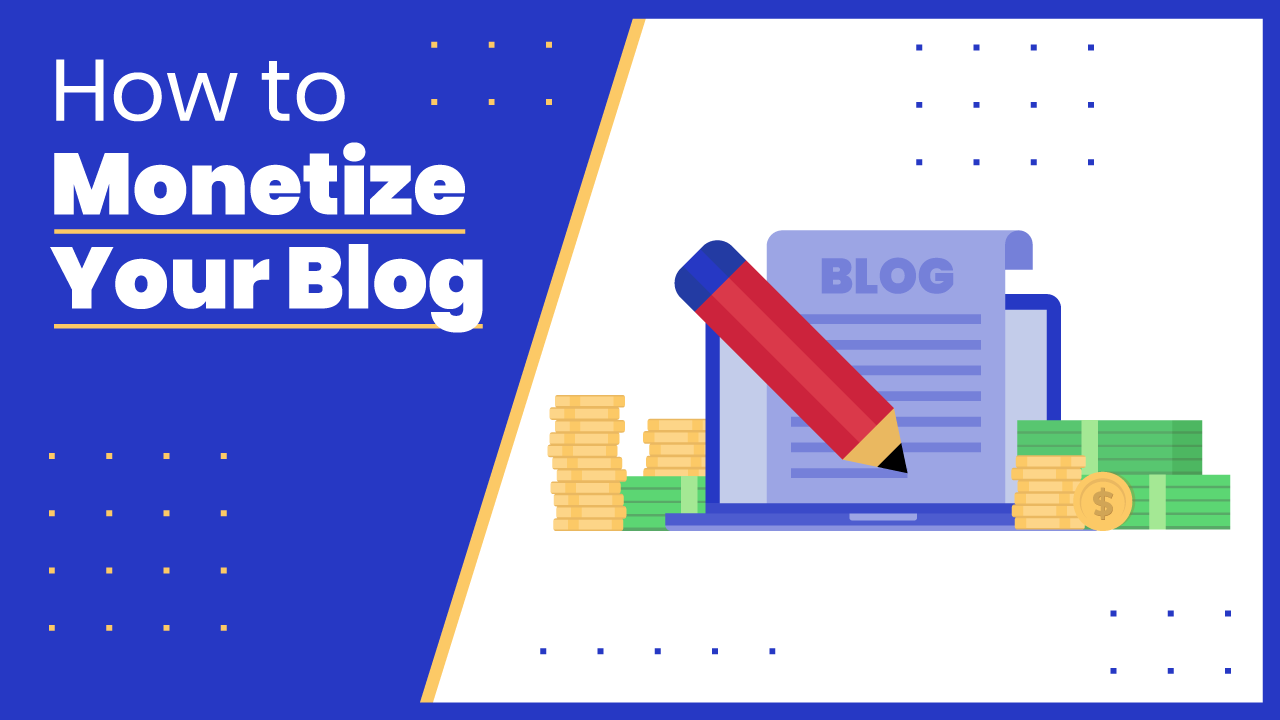Starting a political blog is a great way to turn your political acumen into a steady revenue stream.
If you want to learn how to make your own politics blog, you’ve come to the right place.
At Authority Hacker, we’ve helped over 14,000 students create profitable blogs – including some in the politics niche.
We’ve also cracked the secrets of making money with blogs. Check out a small fraction of the affiliate commissions we’ve earned in our 10+ years of blogging.

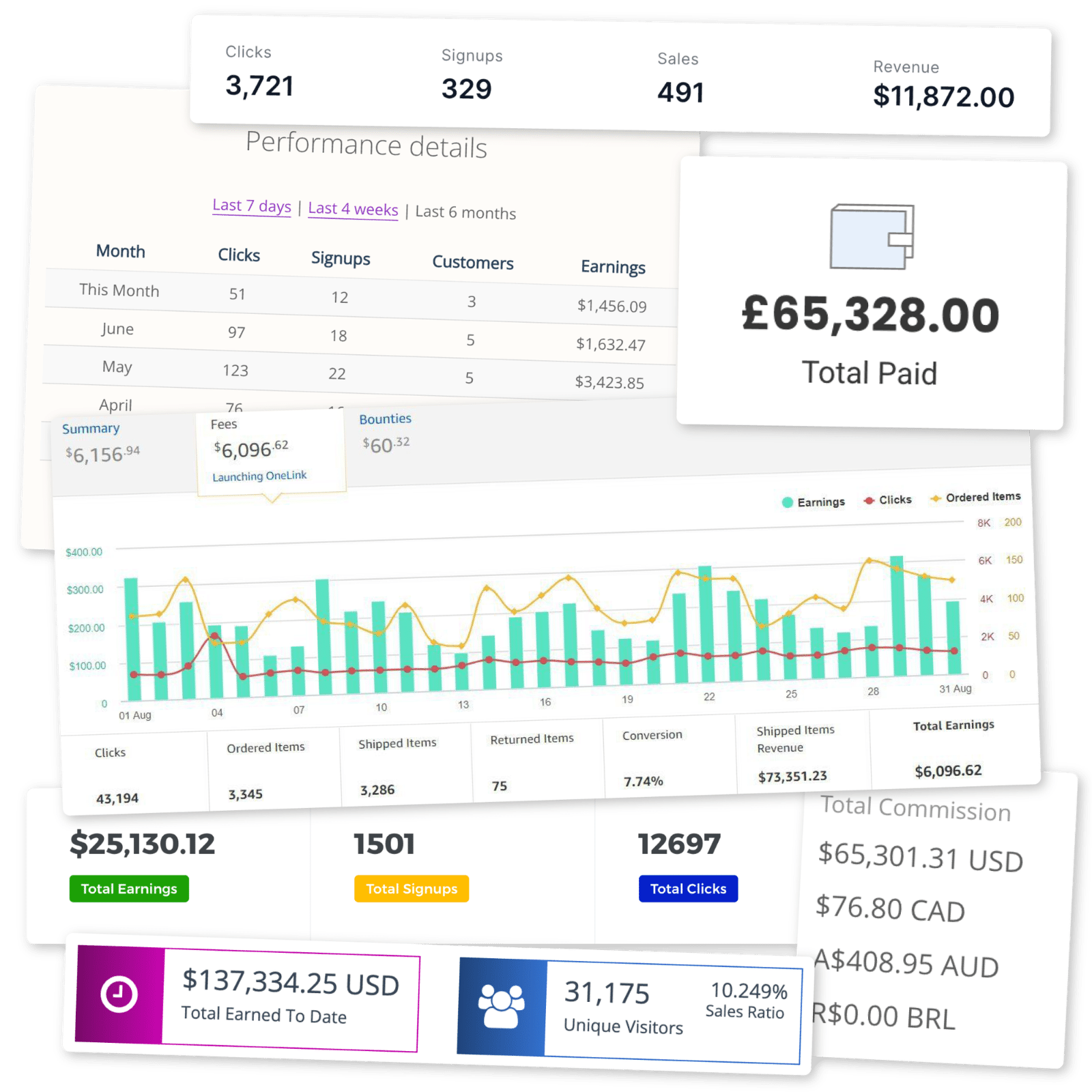
Read on to learn how to start a political blog that gets a ton of visitors and earns a substantial income.
Why Start A Political Blog?
If you’re passionate about politics and want to share opinions with the public, there are a few great reasons to start a political blog.
For one thing, you can share your ideas with the world. If you’re passionate about your beliefs, starting a blog gives you a platform to share your opinions.
You can also grow a community with a political blog. By sharing your thoughts and ideas, you can develop a forum for thoughtful discussions and debates. You can also develop an audience of like-minded readers who are interested in hearing what you have to say.
You can even make money from a political blog. Display ads, affiliate marketing, sponsorships, and other monetization methods can bring a substantial income.
Examples of Successful Political Blogs
If you’re planning to start your own political blog, observing what other successful blogs are doing is a good idea.
Here are several political blogs that have successfully grown an audience:

Political Wire
Political Wire is a straightforward political news blog sharing updates on American politics.
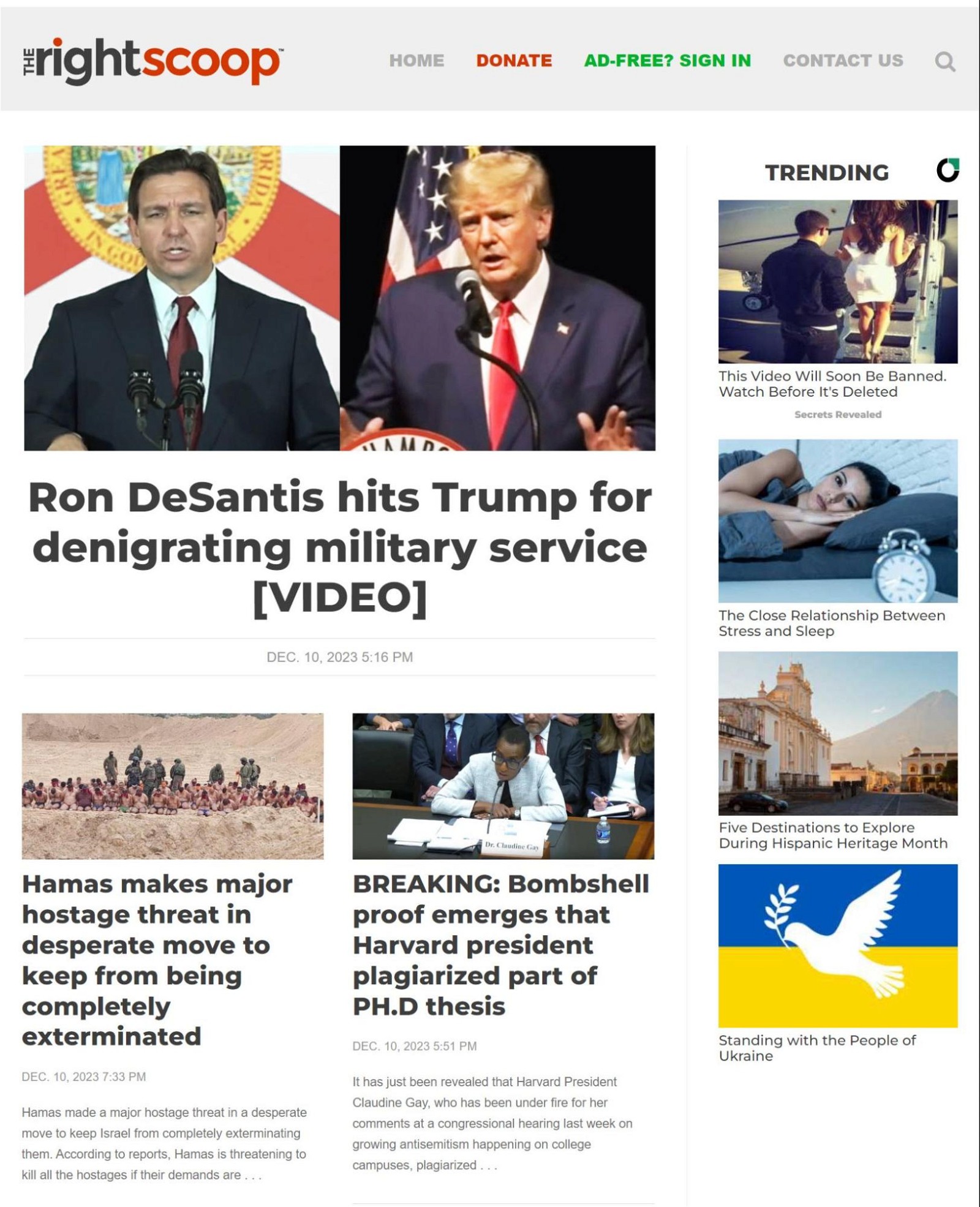
The Right Scoop
Another example of a political blog, The Right Scoop focuses on American politics with a conservative slant.
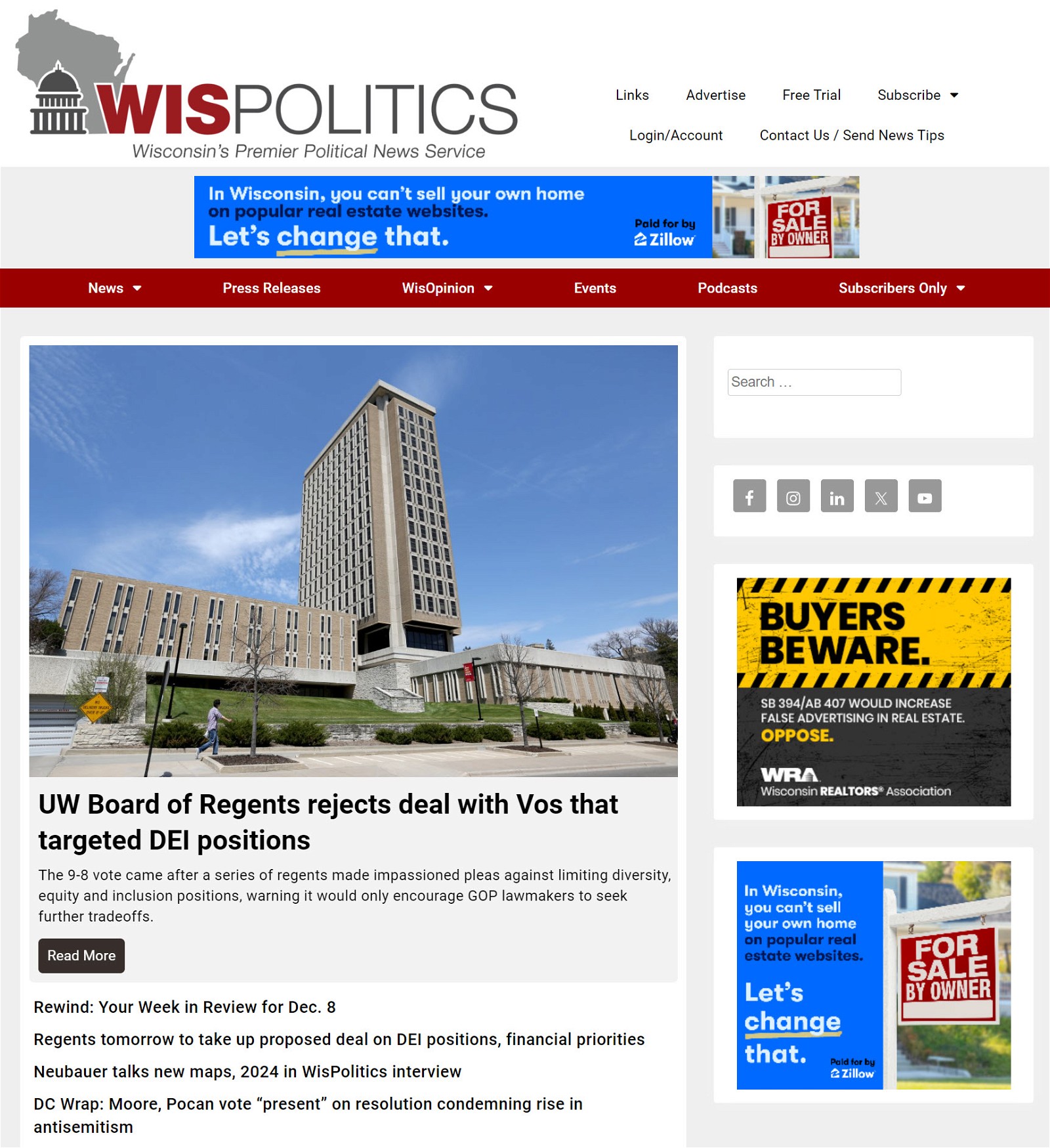
WisPolitics
Focusing solely on state politics, WisPolitics covers news and events around the political landscape in Wisconsin.
How To Start A Political Blog in 10 Steps
Are you ready to start your political blog? Here’s a simple guide to help you get started.
1 Narrow Down Your Political Niche
Most successful political blogs focus on a specific niche. Rather than covering every topic related to politics, you should choose one area to focus on.
This will help you build an engaged audience and establish yourself as an authority figure in your chosen niche.
When choosing a niche, think about where your passions and expertise lie when it comes to politics. The more you care or know about a topic, the more motivated you’ll be to build your blog, and the better your content will be.
Here are some examples of political sub-niches you can target:
- Party News: Focus on covering news related to a specific political party
- Political Satire: Take a lighthearted approach to politics with satire and humor
- Elections: News and info regarding political election cycles
- Local Politics: Narrow your focus to state or city politics
- International Affairs: Analyze the complex dynamics of international relations and global politics
- Activism: Share your opinions on important issues and offer information about participating in activism movements, protests, and advocacy
Although personal interest is an important element in selecting a niche, it’s also crucial to confirm that there’s a broader interest in your niche. To be profitable, you must validate that your proposed niche gets enough traffic.
Begin by listing successful blogs in your niche. You can find sites to include by checking a blog aggregator like FeedSpot or by using the “Organic Competitors” tool in Ahrefs to find similar blogs based on an example in your niche.

Take a look at traffic levels. Sign up for a free trial at SE Ranking, enter the names of the competitors you found in the last step, and see their traffic in the Competitive Research section.
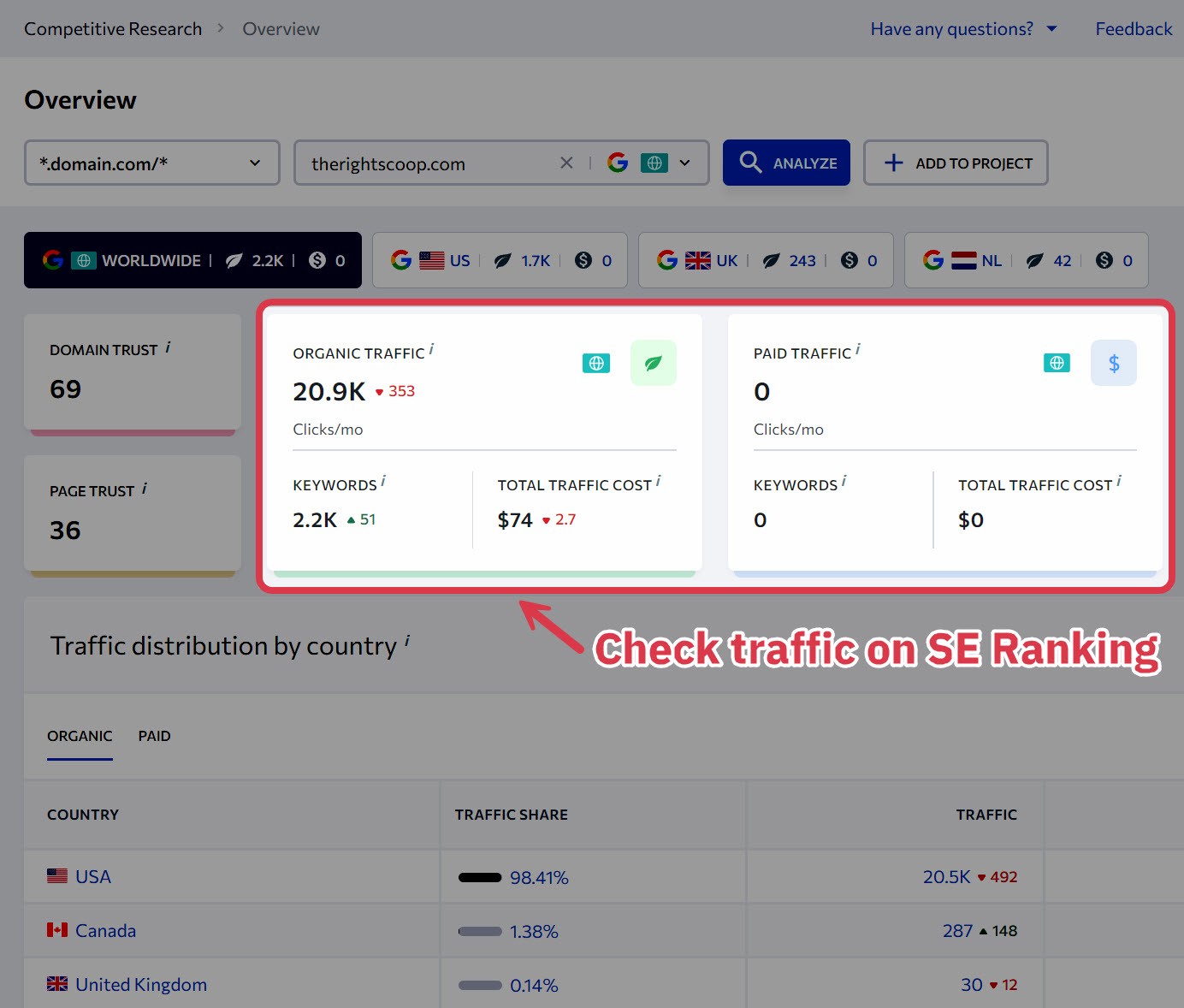
Use Google Trends to compare sub-niches. If you’re trying to decide between a few sub-niches, use Google Trends to compare the traffic levels of each one.
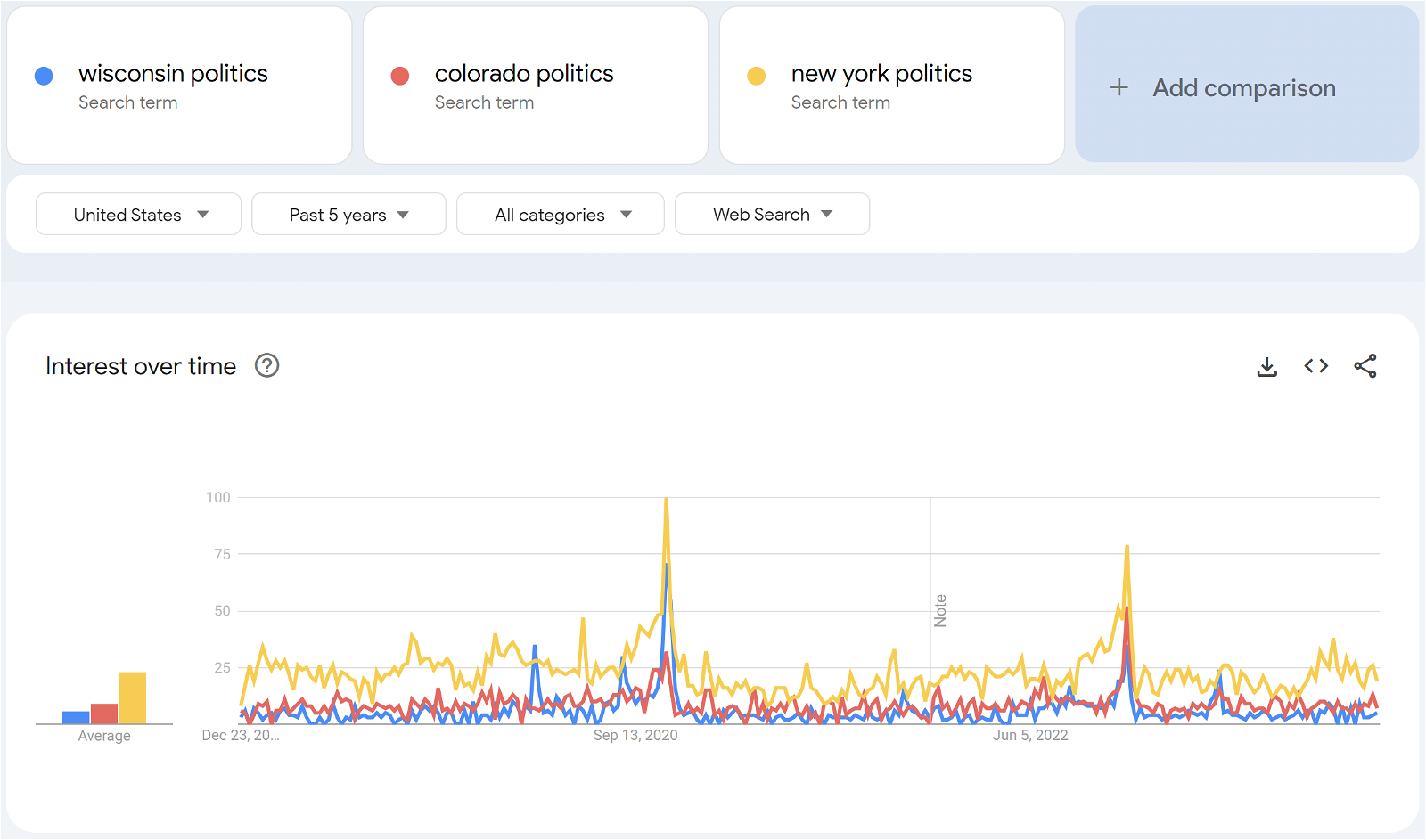
Check out our video on choosing a niche if you still can’t decide:
Don’t spend too much time deliberating on a niche. You can spend a couple of days settling on a focus for your blog, but make a decisive choice and then move on to the next step of starting your political blog.
2 Choose a Blogging Platform
Once you’ve chosen a niche for your blog, it’s time to select a blogging platform.
A blogging platform is a service that allows you to publish, manage, store, and share content on the Internet.
Some new bloggers choose free platforms like Medium or Blogger — but I don’t recommend this.
These free blogging platforms come with several downsides:
- You lack control over what you publish.
- It’s hard to monetize your blog on a free platform.
- You can’t customize the design or functionality of your blog very well.
If you want complete control over your blog — including what you publish, how you monetize it, and the design — you should build your own website.
Building a website gives you quite a few advantages compared to a free platform:
- You have full control over your content.
- No one can shut down your blog.
- Compared to other platforms, it’s easy to monetize your blog with affiliate products and display ads.
- You can use search engine optimization (SEO) and social media to drive traffic.
- You can build an email list to diversify your traffic sources and protect your traffic from algorithm changes.
Have I convinced you? If so, I recommend WordPress.org (not WordPress.com) for building your website.

WordPress.org is free — you just have to purchase a domain name and web hosting. It’s easy to use and offers many customization options, including thousands of free WordPress plug-ins and themes.
Although WordPress.org is the best platform for bloggers, it’s not the only one. Read our list of the best blogging platforms for more options.
3 Choose Your Domain Name
The next step for starting a political blog is choosing a domain name.
A domain name is your blog’s unique address on the Internet. It includes the name of your blog and a domain extension like .com.

Choosing a good domain name is important because it’s the first impression your site will make on readers. Your domain name will be the foundation of your brand, so you want to choose something that is memorable and fits well.
Here are some tips to keep in mind when choosing a domain name:
- Choose a .com domain extension. This is the most common domain extension and lends more trust and credibility to your blog than an alternative
- Keep it professional. For a political blog, choosing a professional-sounding name is a good idea to ensure your website is taken seriously
- Don’t make it too long. Try to choose a domain name that’s no more than three words or about 15 characters to make it catchy and easy to remember
- Confirm it’s not trademarked. Use this trademark search tool to ensure that someone else has not trademarked your chosen domain name
- Relate it to your niche. You can also choose a domain name that immediately signifies to readers what your blog is about
Still can’t come up with a domain name? Use an AI domain name generator like Brandsnap to generate additional ideas.
After you’ve decided on a domain name, you need to buy it. This is a simple and inexpensive process. You can buy your domain for about $10 on Namecheap.
4 Buy Web Hosting
The next step for starting your political blog is buying web hosting.
A web hosting provider is a service that makes your blog available online. Your web host provides the backend functionality to store, manage, and serve your website online.
Bluehost is a popular web hosting provider that many blogging companies recommend because it offers low prices. However, SiteGround is a much better choice. This web hosting provider costs only a dollar more monthly but offers superior service.
Here’s a quick guide on how to start your blog on Siteground:
Step 1: Go to Siteground’s WordPress hosting page.
Step 2: Select the StartUp plan, which is the cheapest plan offered by Siteground. This is all you need as a new blogger. It’s discounted for your first year, but it rebills at a higher annual rate afterward.
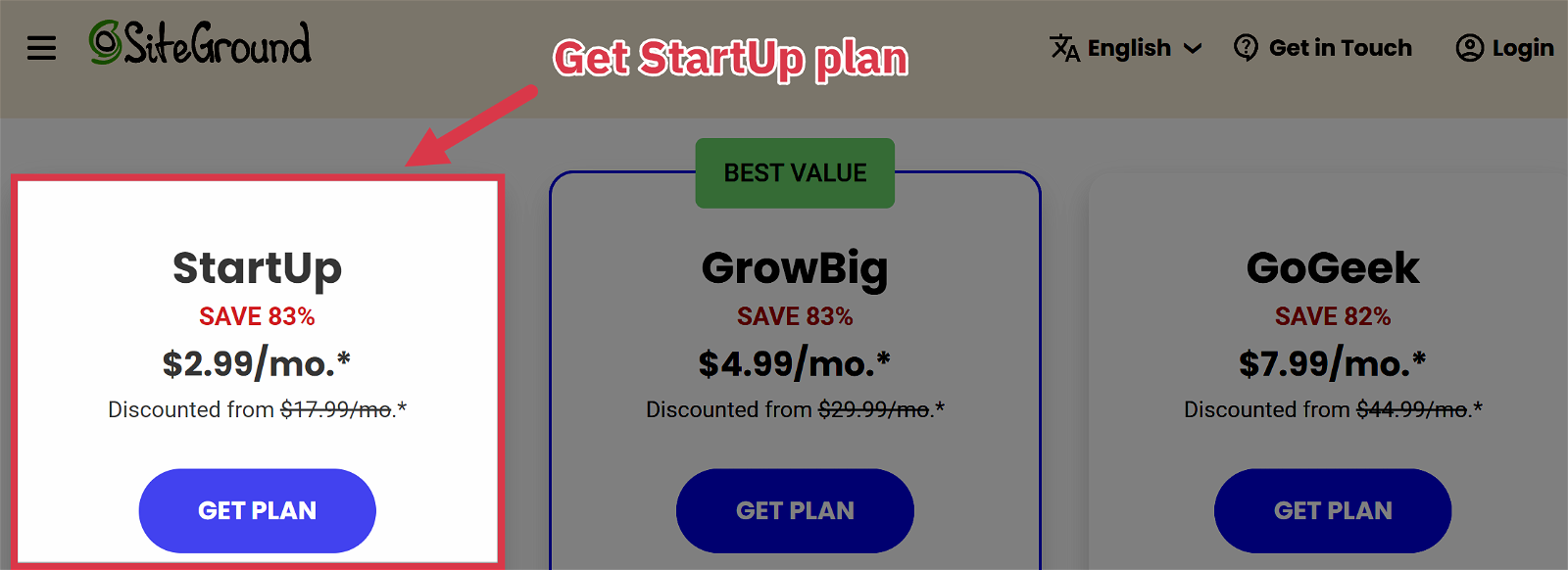
Step 3: Under “I already have a Domain,” enter the domain name you purchased from Namecheap earlier. You can also register your domain name through Siteground, but it’s more expensive.
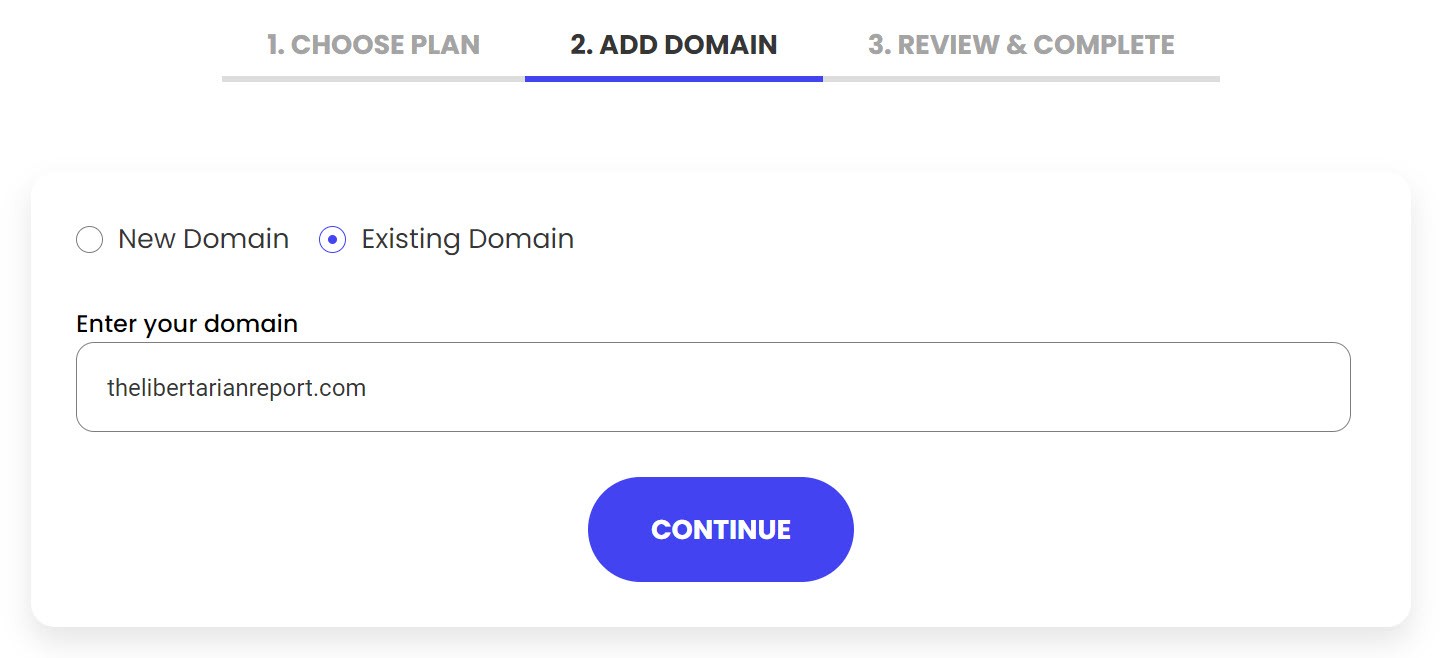
Step 4: Follow the instructions to create your hosting account, including setting a password and entering your address.

Step 5: Add payment details and choose a subscription period. The 12-month hosting plan offers the lowest upfront price.

Step 6: Decline the extra services. These are not necessary for a new blog.
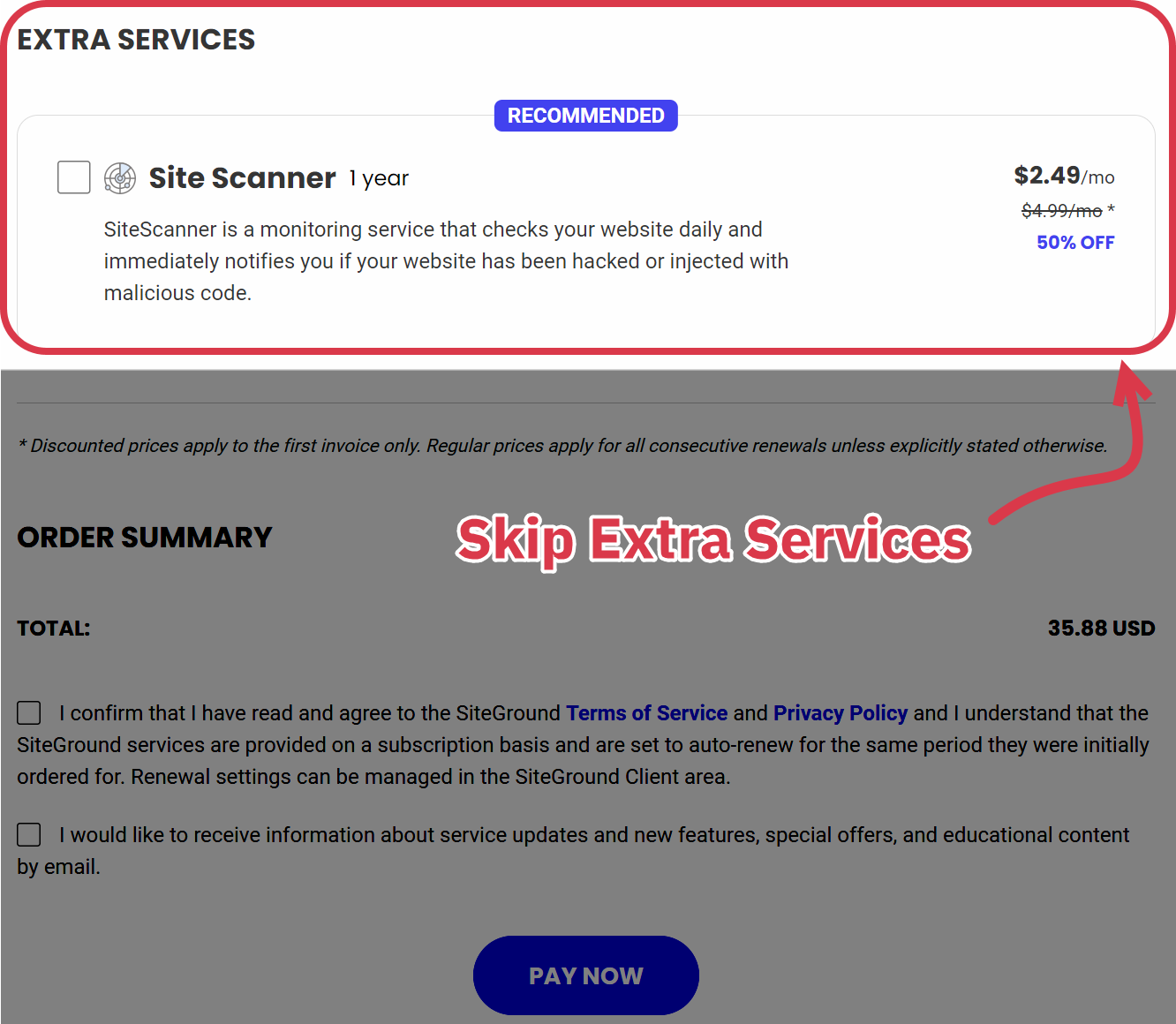
Step 7: Point your domain to Siteground. If you registered your domain name with Namecheap, you’ll need to change your DNS settings to point it to Siteground. If you aren’t sure how to do this, contact Siteground support.
And voila! You’ve now set up web hosting and can move on to the fun part.
5 Choose a Theme for Your Political Blog
Now that your blog is ready to go live on the Internet, it’s time to get it looking polished and professional.
The way to do this is by choosing a WordPress theme. A theme is a framework that gives your blog a distinct appearance. You can customize your theme settings to give your site the exact look and feel you have in mind.
Choosing a good theme is important because design is one of the first things people notice about a website. For a political blog, you’ll want to choose a professional, minimalistic design that lets your content speak for itself.
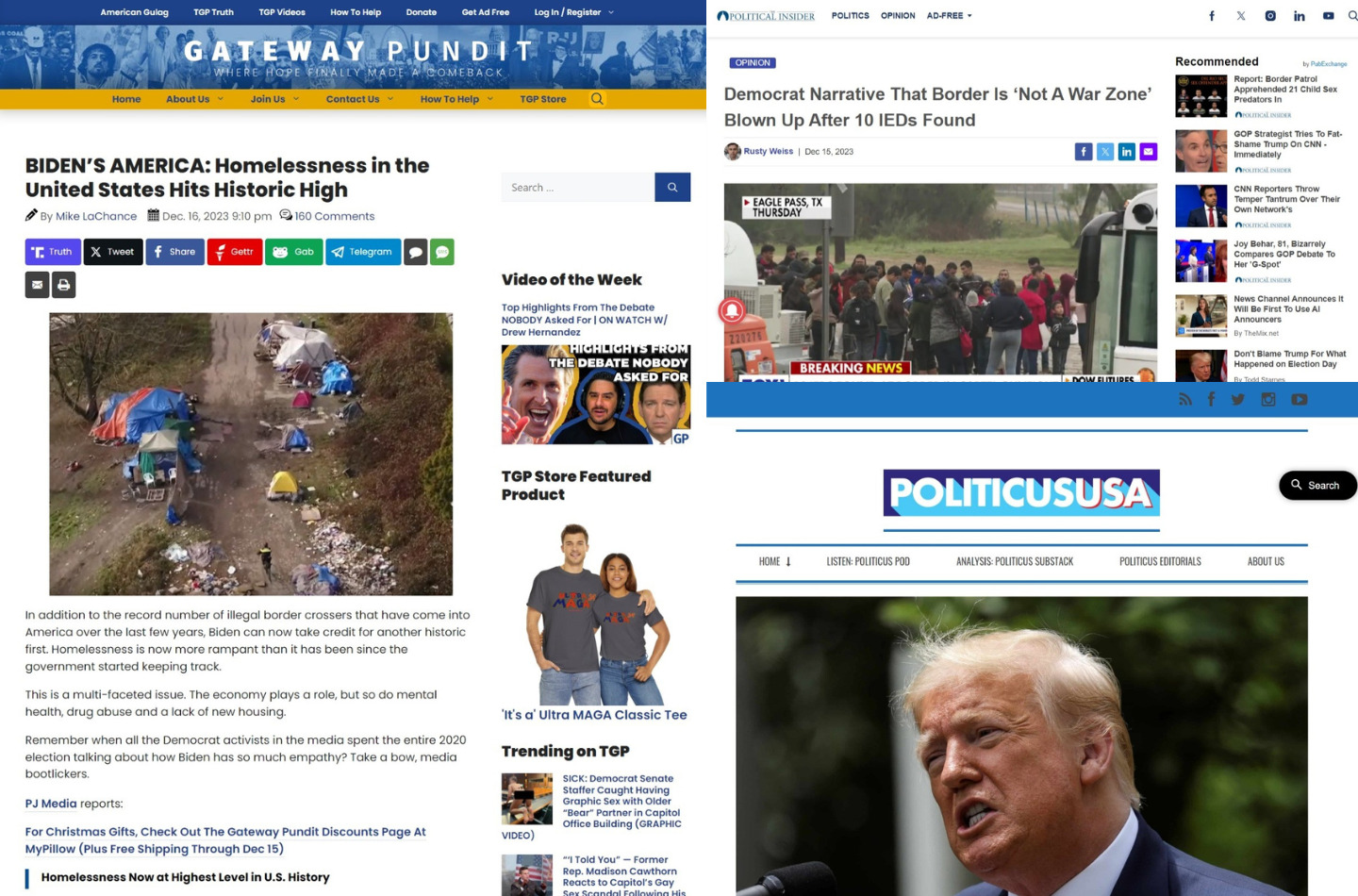
I recommend going with a free theme that offers a premium upgrade option. Many free themes are limited in their customization and functionality, so choosing a theme with a premium option will allow you to do more with your blog when the time comes.
The best free themes with premium options are Astra, Kadence, and GeneratePress. These themes are fast, highly customizable, and have a library of templates you can use to implement a professional design quickly.
Once you’ve chosen a theme, you’ll need to install it in WordPress. Here’s a step-by-step guide on how to install your theme:
Step 1: Go to your WordPress dashboard.
Step 2: Go to the left sidebar and select Appearance > Themes.
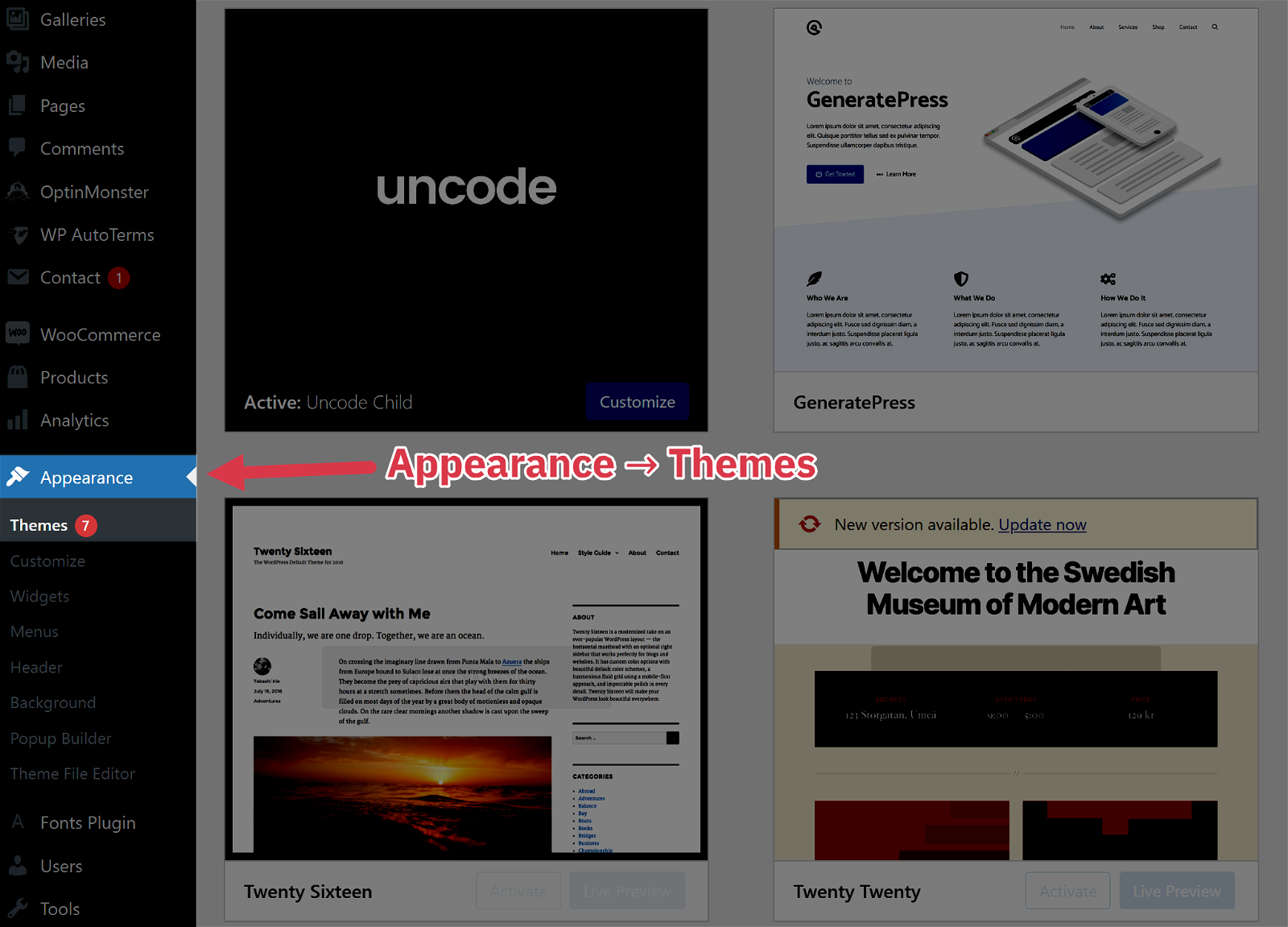
Step 3: Click “Add New”.
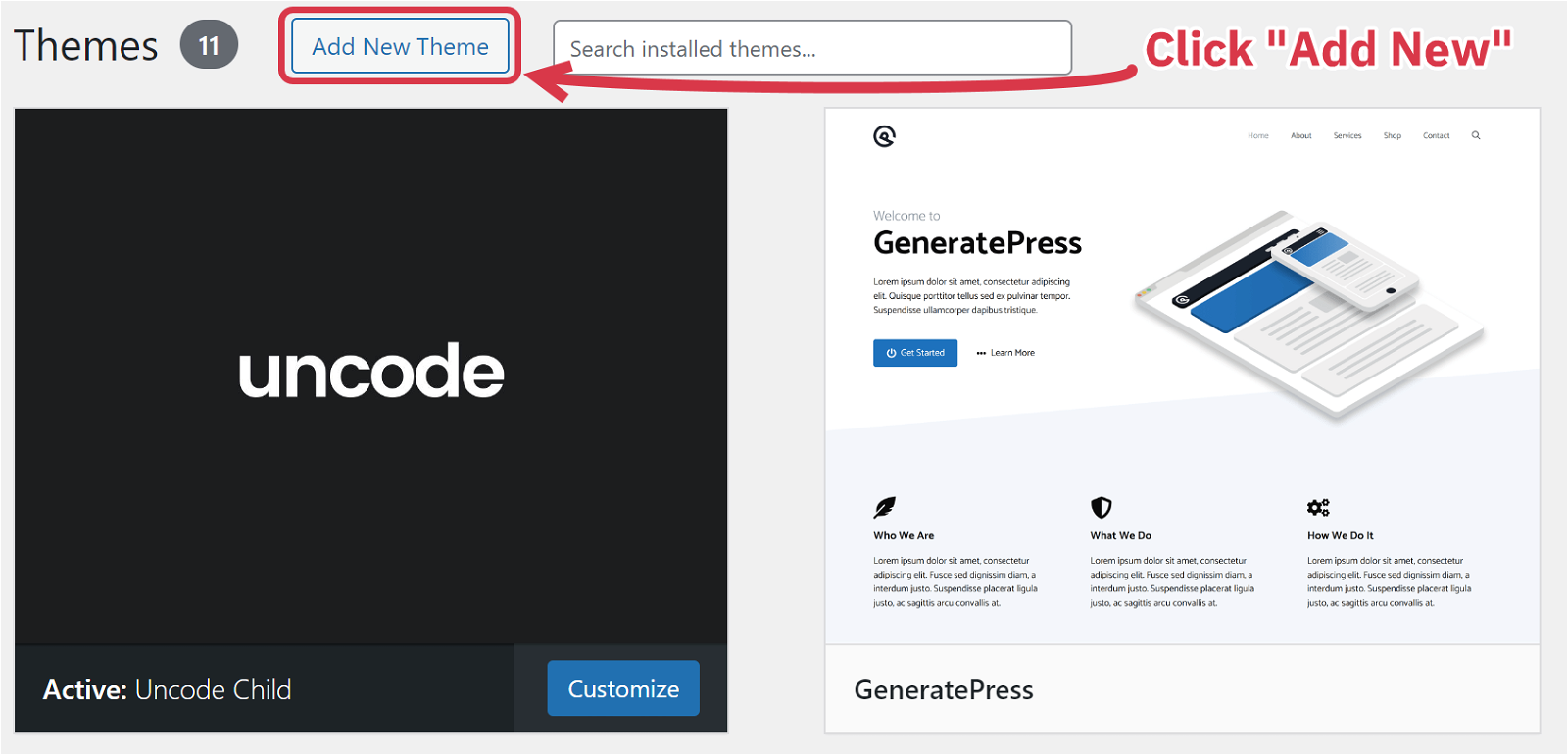
Step 4: Search for your theme and click “Activate”.
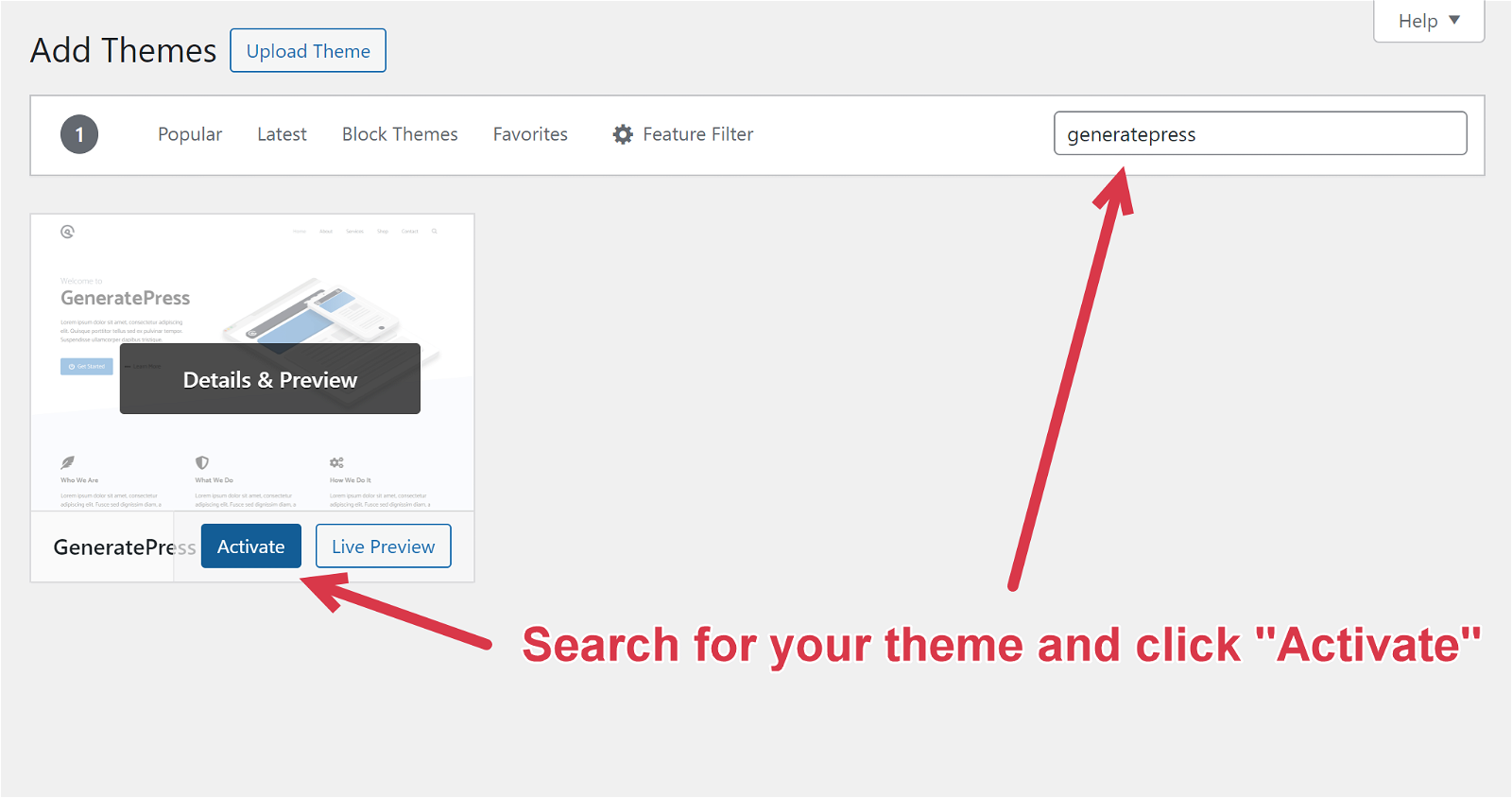
Once you’ve completed these steps, your WordPress theme is now live on your blog. You can start customizing your design in your theme settings to get it looking just right.
6 Decide on Design & Branding
An important component of any website is design and branding. Choosing a color scheme and designing a logo are two things that may seem insignificant — but these are elements that actually make your blog stand out.
You’ll want to start by choosing a color palette for your blog. This sets the overall tone and vibe of your site. For a political blog, you may want to choose bold, authoritative colors (think shades of red and blue) combined with neutral colors like gray or beige.
You can use a tool like Coolors to find the perfect color combination to use on your blog.
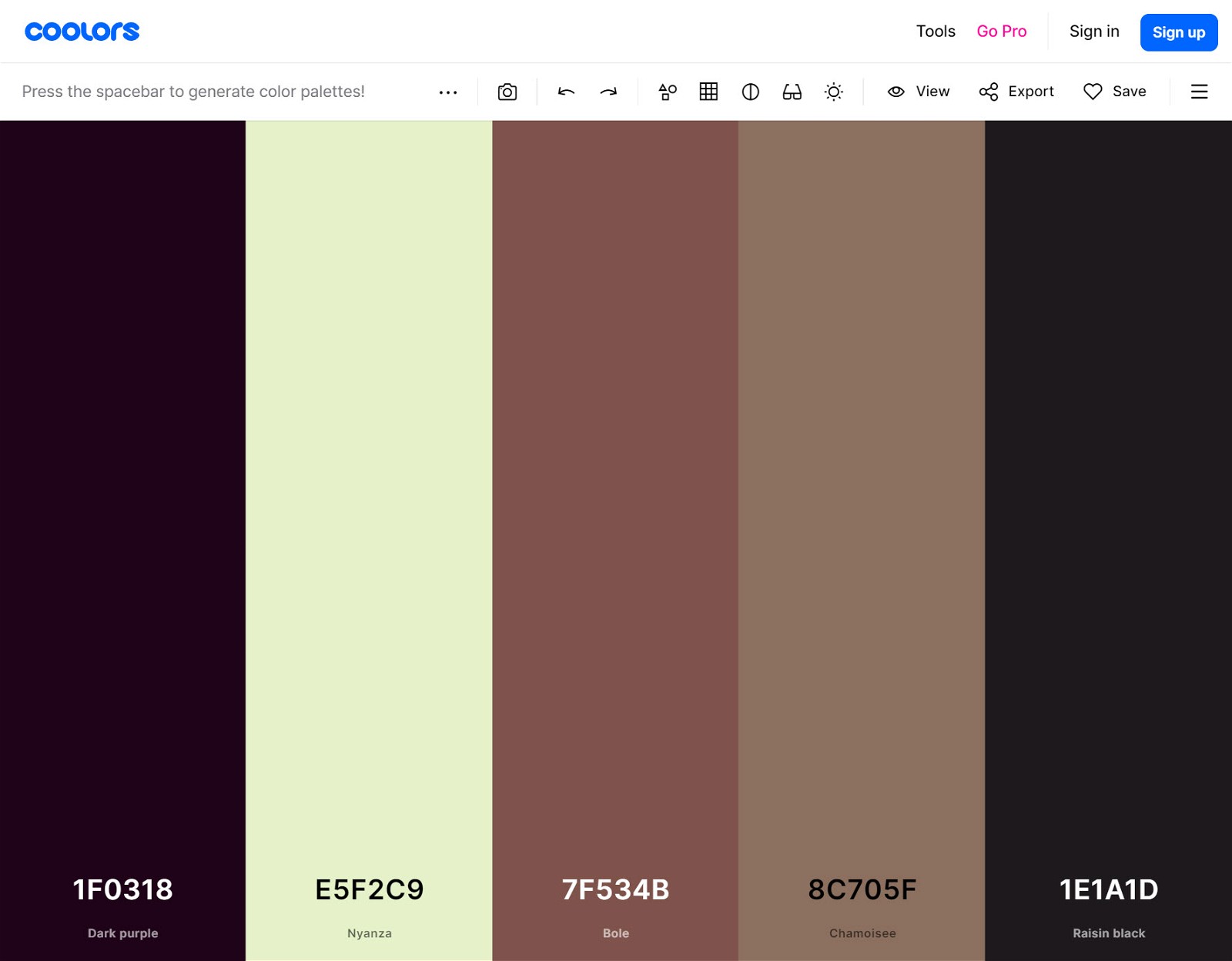
After you’ve settled on a color palette, it’s time to create a logo for your blog.
You don’t need to be a professional graphic designer. All you need is Canva, a free graphic design platform with thousands of logo templates – including templates for political blogs.

After finding a logo template you like, customize it with your blog name and color palette. Within minutes, you’ll have a logo you can use for your political blog.
7 Create Essential Pages
Before you launch your blog, there are several important pages you’ll need to create. These are necessary for every website, so don’t skip them!
Homepage
This is your blog’s central hub and the first page many visitors will see when they land on your blog. Make sure this page conveys what your blog is about and highlights your best content.
About Page
Use this page to let your readers know more about you. Share your background in politics and your reasons for starting a political blog. You should also use this page to tell readers what to expect from your blog.
👉 If you need help crafting this page, check out our list of About Me page examples.
Contact Page
This page lets your website visitors get in touch with you. At a minimum, include a contact form and an email address. You can also add links to your social media platforms here.
Privacy Policy + Terms and Conditions
These two legal pages are crucial for every blog. They explain what information you collect from website visitors and how that information is used or used. You can use PrivacyPolicies.com to easily generate these pages for your blog.
To create pages in WordPress, log into your WordPress dashboard and open the “Pages” menu. Then click “Add New” and add your content.
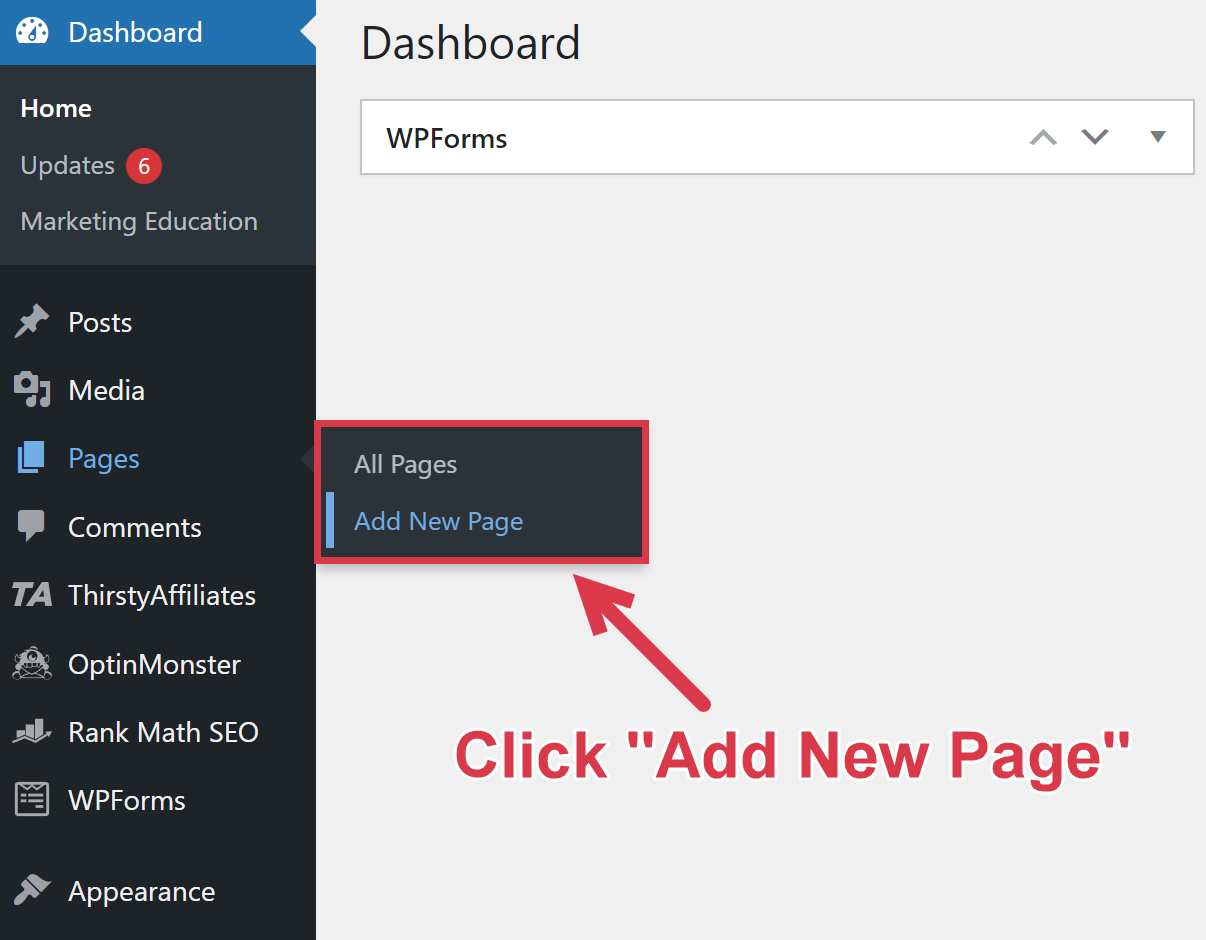
8 Start Creating Content
Now that you’ve created your blog’s essential pages, it’s finally time to start writing!
Before you start publishing your political opinions online, it’s important to understand that if you want people to find and read your blog, you must create keyword-focused content.
This means writing about topics that people are already searching Google for. When you write keyword-focused blog posts, Google will send you organic search traffic if your blog posts are high-quality and meet the search intent of the target keyword.
It’s tempting to write blog posts about the highest-traffic keywords, but this isn’t the best approach. The more traffic a keyword gets, the higher the competition for that keyword. New blogs will have a difficult time ranking for competitive topics.
As a new blogger, you’ll want to find and target low-competition keywords with a decent monthly search volume. It’s easier to rank for these “low-hanging fruit” keywords than high-volume, high-competition keywords.
The best tool for finding low-competition keyword ideas is Ahrefs.
You can use the Ahrefs Keyword Explorer tool to search for a keyword — for example, “public policy.” This generates the following results:
| Keyword | Search Volume | Keyword Difficulty |
|---|---|---|
| best schools for public policy | 350 | 15 |
| types of public policy | 250 | 29 |
| public policy salary | 200 | 12 |
| public administration vs public policy | 150 | 5 |
Use this tool to plan out your first 10 blog posts or so. For example, you could come up with the following blog post titles based on these results:
- “15 Best Schools for Public Policy”
- “4 Main Types of Public Policy”
- “Public Administration vs. Public Policy: What’s the Difference?”
After you’ve come up with some blog post ideas, get writing! Here are a few tips to help you craft the best blog posts possible:
- Start with an outline. Creating an outline helps you organize your thoughts before you start writing.
- Use references. When writing a political blog, citing references to authoritative sources lends credibility to your claims and makes your writing more trustworthy.
- Stay informed and up-to-date. Keep abreast of the latest political news, trends, and developments. This ensures your content is relevant and timely.
- Present balanced arguments. When discussing political issues, present multiple perspectives. This not only showcases thorough research but also respects the diverse opinions of your readers.
- Use storytelling techniques. Incorporate storytelling to make complex political issues more relatable and understandable. Share real-life stories that illustrate the impact of policies.
- Include images and other visual elements. Don’t make your blog posts a giant wall of text. Use images and visual elements like infographics to illustrate your points.
- Link to your other relevant content. This process, known as interlinking, keeps visitors on your blog longer and helps with SEO.
- Share your own experiences. People read political blogs to get a unique perspective. Don’t be afraid to include your personal experiences and opinions in your writing.
If you leave this section with a single takeaway, let it be this: Provide as much value as possible. Answer your reader’s questions, explain the topic at hand thoroughly, and offer unique insights.
9 Promote Your Political Blog
Ranking your posts on search engines is a great traffic source, but the ranking process can take a while. To generate some early momentum, you should promote your blog online and in person.
Here are some easy promotional strategies to amplify your political blog’s traffic:
- Comment on other websites and blogs. Political websites and blogs tend to have high engagement in the comments section. Join the discussion and leave thought-provoking comments with a link back to your own blog.
- Start an email list: Encourage website visitors to sign up for your email list to receive additional exclusive content from you.
- Post in political forums and groups. Share your blog posts in online political forums and groups (just make sure it’s relevant content and that the group rules allow self-promotion.)
- Get involved in local politics. You can get your blog name out there by participating in local politics — whether that’s organizing a seminar or other event, working on a grassroots campaign, or attending networking functions.
- Publish opinion pieces in established media outlets. Pitch article ideas to editors of larger media outlets or political publications and write any that get approval. This can expose your blog to a broader audience and lend credibility.
10 Monetize Your Political Blog
Now that you’ve started your political blog, let’s get into how you can make money from your platform.
Affiliate Marketing
With affiliate marketing, you can earn a commission by recommending your favorite products. A great tactic for political bloggers is sharing your favorite books about politics and international affairs.
Why It’s Great: Earn money by recommending products to your readers and earn a commission when they purchase through your affiliate link.
Get Started: Check out our guide to affiliate marketing for more tips. You can also review our list of the best book affiliate programs.
Display Ads
Place ads on your political blog and earn money based on how many impressions your ads receive.
Why It’s Great: Ads are an easy way to monetize your traffic since your earnings are based on how many impressions ads receive. It can also be very lucrative for political bloggers, especially during election season when advertisers have a large budget to spend.
Get Started: Join the Ezoic ad network. There are no minimum traffic requirements, and it pays better than alternatives like Google AdSense.
Selling Your Own Products
Another way to make money blogging is by selling your own products. For political bloggers, this could be a book you’ve written or a premium subscription or newsletter with access to exclusive content.
Why It’s Great: You can make money by offering additional content to your readers.
Get Started: Brainstorm ideas of products that would be a good fit for your audience. Use a platform like Substack or Patreon to start a paid newsletter or membership.
Summing Up
While I’ve covered the essential steps in creating a political blog, blogging is a complex process with a steep learning curve. This guide only scratches the surface of what you need to know.
To get you on the fast track to blogging success, we’ve created a free training for bloggers. This training teaches you 7 secrets to make your new blog 83% more successful.
If you’re serious about making a profitable blog, this is the next step.
FAQ
Can Political Blogs Make Money?
Political blogs can make money in several ways. Display ads are a lucrative way to make money on a political blog, especially during election season. Political bloggers can also utilize affiliate marketing to make money by recommending their favorite products or creating their own products to sell, like a political analysis book or paid email newsletter.
What Is Political Blogging?
Political blogging is the practice of running a politics-focused website. A political blogger may cover political news, current events, elections, public policy, political theory, and more. With a political blog, you can share your thoughts and opinions and build a community around politics.




